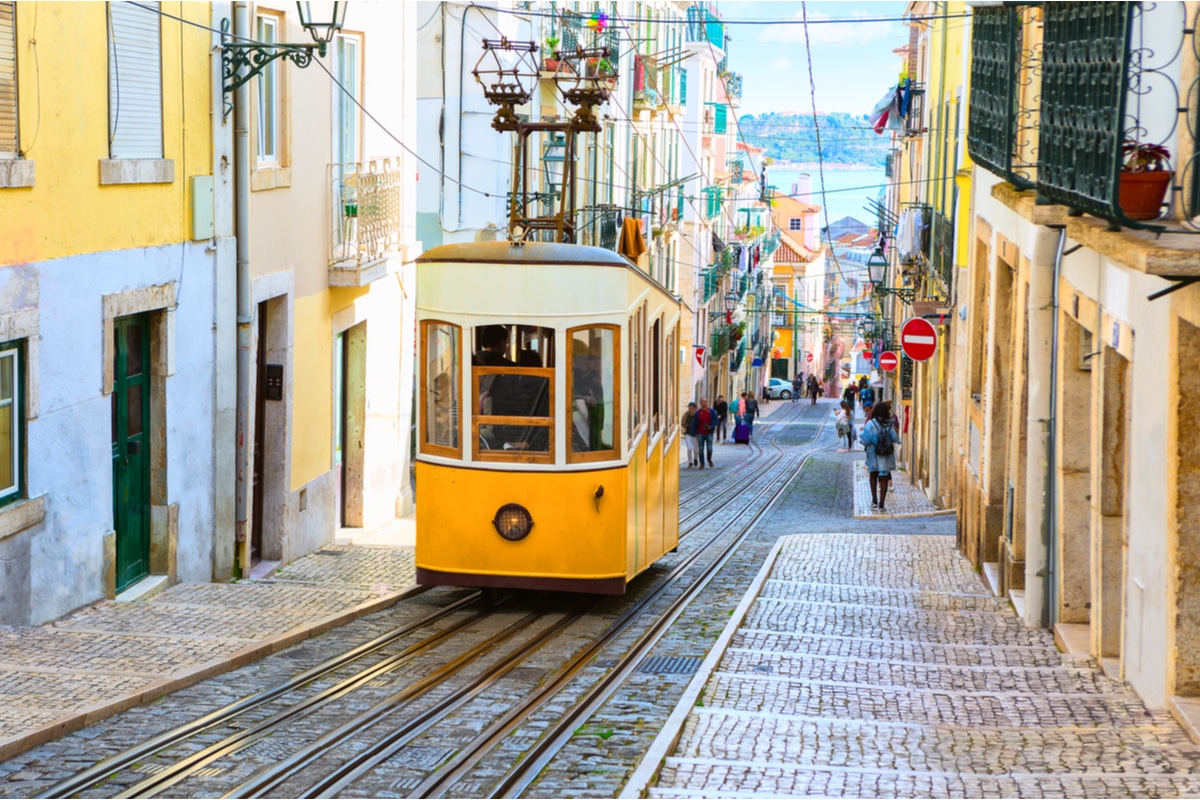Patriarchal See
A charming sight with a long history is the main church Sé Patriarcal. It is the oldest sacred building in Lisbon and is located in the old town, just 200 metres from the River Tagus.

The history of the church
In the place where the Sé Patriarcal is located today, there used to be a Moorish mosque. As a sign of the reconquest of the country by the Christians, in 1147, under the reign of the first king of Portugal, Alfonso I, the church began to be built on this site.
After an earthquake in 1344, which destroyed parts of the Sé Patriarcal, it was rebuilt in a romantic style until the end of the 14th century.
Another earthquake in 1755 left further destruction to the church. Here many baroque elements were used in the reconstruction. Also, in the 18th century, rose windows were added to the west façade and spires were added to the towers in the Baroque style.
In the 20th century, further changes were made during the Salazar regime. The aim was for a uniform romantic architectural style to be introduced. For example, the spires of the church towers were removed.
In the course of the centuries, Sé Patriarcal was structurally changed or extended several times and is therefore a mixture of different architectural styles like baroque, romantic, renaissance and gothic.
Sé Patriarcal has served as the cathedral for the Patriarchate of Lisbon since 1716. The first patriarch of the capital was Tomás de Almeida in 1737.
What is there to see?
From the front, Sé Patriarcal is a fortress with two bell towers. You enter it through a Gothic portal and inside the church you can see many different architectural styles left by the different rulers.
Also worth seeing in the church are the Christmas crib from the 17th century and the baptismal font from the 12th century. A look upwards also shows the imposing ceiling in baroque style as well as the organ.
In the treasury of the church is the ark with the remains of St. Vincent, the patron saint of the city. Furthermore, in the Gothic choir ambulatory there are three Gothic tombs from the 14th century, which are worth seeing. The eastern cloister also houses an archaeological exhibition.



